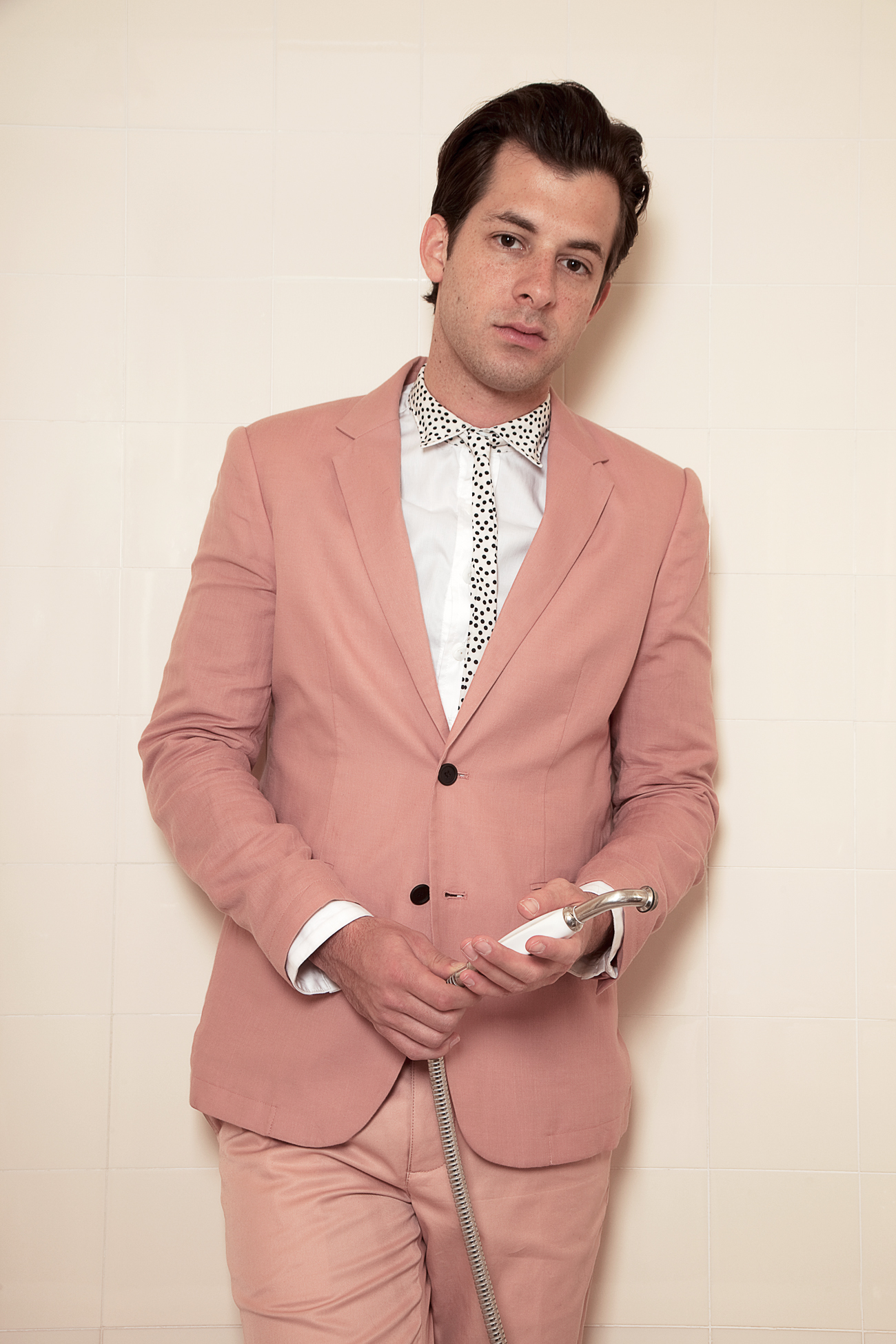Purple Magazine
— F/W 2010 issue 14
Mark Ronson
 White button down shirt with polka dot collar and tie Timo Weiland and peach suit Shipley & Halmos
White button down shirt with polka dot collar and tie Timo Weiland and peach suit Shipley & Halmos
interview by SABINE HELLER
portrait by RICHARD KERN and personal photographs
Frances Tulk-Hart, style — Okima Kilgore, stylist’s assistant
MARK RONSON can evoke a fair amount of jealousy. He’s dark, charming, and sexy: a cross between Jude Law and Paul McCartney. Ronson grew up between London and New York, and hails from Rock nobility : his stepfather, Foreigner’s Mick Jones, wrote the iconic ballad “I Want to Know What Love Is” for Mark’s mother, Ann Dexter-Jones, who found her own fame entertaining famous friends at her wild parties. Robin Williams and Michael Jackson both popped up in Mark’s childhood. Over the past few years Ronson has morphed from celebrity DJ into one of the most talented young producers in music today. He’s worked with Lily Allen,…